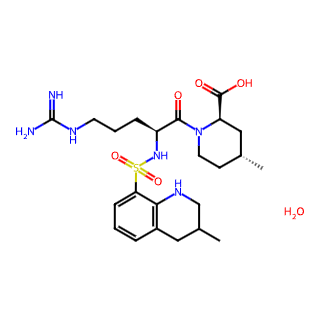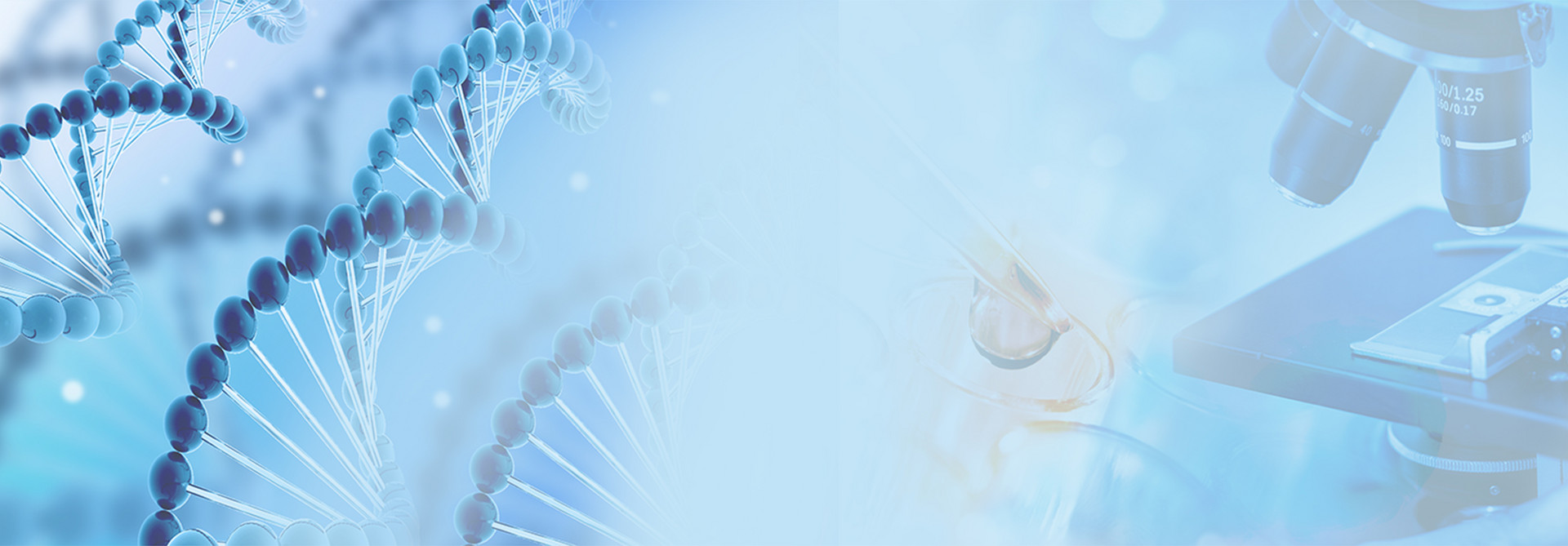- Synthetic anti-infective drugs
- Medications for the digestive system
- Antipyretic and analgesic drugs
- Medications for the blood system
- Medications for the respiratory system
- Anti-allergic drugs
- Medications for the urinary system
- Diagnostic medications
- Immunosuppressive and immunomodulatory drugs
- Vitamins and mineral supplements
- Antioxidants and medications for osteoporosis
- Antiparasitic drugs
- Ophthalmic medications
- Amino acids and their derivatives
- Dermatological medications
- Medications for the circulatory system
- Antitumor drugs
- Medications for the nervous system
- Hormonal and endocrine function-regulating drugs
- Antibiotics
- Others
CAS NO.: 141396-28-3




Argatroban
Argatroban is a synthetic small-molecule drug belonging to the class of direct thrombin inhibitors. The following is a detailed introduction to Argatroban:
Drug Characteristics
Chemical Structure: Argatroban is a derivative of arginine with a relative molecular mass of 527.
Mechanism of Action: Argatroban directly binds to the catalytic active site of thrombin (including the serine-histidine-arginine structure), thereby inactivating thrombin. This binding is fully reversible and exhibits high affinity for thrombin, with an inhibition constant of 3.9×10^-4M.
Pharmacokinetic Properties: The half-life of Argatroban is approximately 39-51 minutes and is not affected by age, gender, or renal function. After discontinuation, the activated partial thromboplastin time (APTT) returns to normal within 2-4 hours. Nevertheless, Argatroban's inhibition of thrombin persists for 12-24 hours.
Clinical Applications
Heparin-Induced Thrombocytopenia and Thrombosis (HIT/HITTS): As an alternative to heparin, Argatroban excels in the treatment of HIT/HITTS. It effectively prevents and treats thrombocytopenia and thrombosis induced by heparin.
Percutaneous Coronary Intervention (PCI): During PCI procedures, Argatroban serves as an anticoagulant to reduce the risk of thrombosis.
Acute Ischemic Stroke: For patients with acute ischemic stroke, Argatroban can improve local cerebral blood flow in the collateral circulation by reducing local thrombin activity, thereby protecting the ischemic penumbra. Studies have shown that it can reduce secondary cerebral microthrombosis and improve patient outcomes.
Advantages and Safety
Non-Immunogenic: Argatroban does not produce neutralizing or non-neutralizing antibodies and exhibits no cross-reactivity with heparin antibodies.
Good Dose-Response Relationship: The dose of Argatroban exhibits a linear relationship with its antithrombotic effect, making it easy to predict and adjust.
High Safety: At low doses, Argatroban can be monitored through APTT; at higher doses, it can be monitored through activated clotting time (ACT). Additionally, Argatroban does not interact or interfere with commonly used drugs (e.g., aspirin), and dosage adjustments are not required when used concurrently.
In summary, Argatroban serves as an effective anticoagulant in the treatment of various thrombotic disorders. However, during use, it is crucial to monitor the patient's coagulation function and bleeding risks to ensure medication safety.

Tai Yau Street, San Po Kong, Kowloon, Hong Kong, China.



